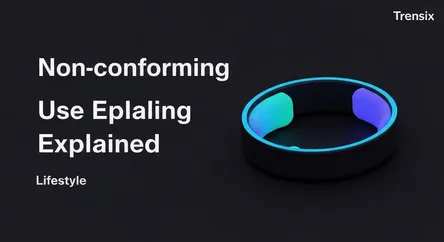Lifestyle
Non-conforming Use Explained

Discover non-conforming use, a zoning term for properties allowed to continue even after new land-use laws make them non-compliant.
What is it?
Non-conforming use in real estate refers to a property's use that was legally established before new zoning regulations were enacted that would now prohibit it. Often called being "grandfathered in," this status allows the owner to continue the existing use. For example, a small retail shop operating in an area that has since been rezoned strictly for residential purposes would be considered a non-conforming use. This legal protection prevents forcing a property owner to cease a legitimate, pre-existing operation due to subsequent changes in municipal planning and zoning ordinances.
Why is it trending?
As cities and towns evolve, they frequently update zoning codes to manage growth, encourage specific types of development, or preserve neighborhood character. This continuous rezoning creates more instances of non-conforming properties. The topic is gaining traction as urban planners, investors, and homeowners navigate the complexities of densification and mixed-use development. Awareness is growing about how this designation can impact a property's value, its potential for expansion, and its attractiveness to buyers, making it a key consideration in real estate transactions.
How does it affect people?
For property owners, non-conforming use status allows them to maintain their property's function but often with strict limitations. They may be barred from expanding the structure, rebuilding it after substantial damage, or resuming the use if it's abandoned for a period. For potential buyers, it's a critical point of due diligence; it can represent a unique investment but also carries risks regarding future development and financing. For the surrounding community, it can mean living with a property type, like a commercial business in a residential zone, that doesn't fit the current vision for the neighborhood.